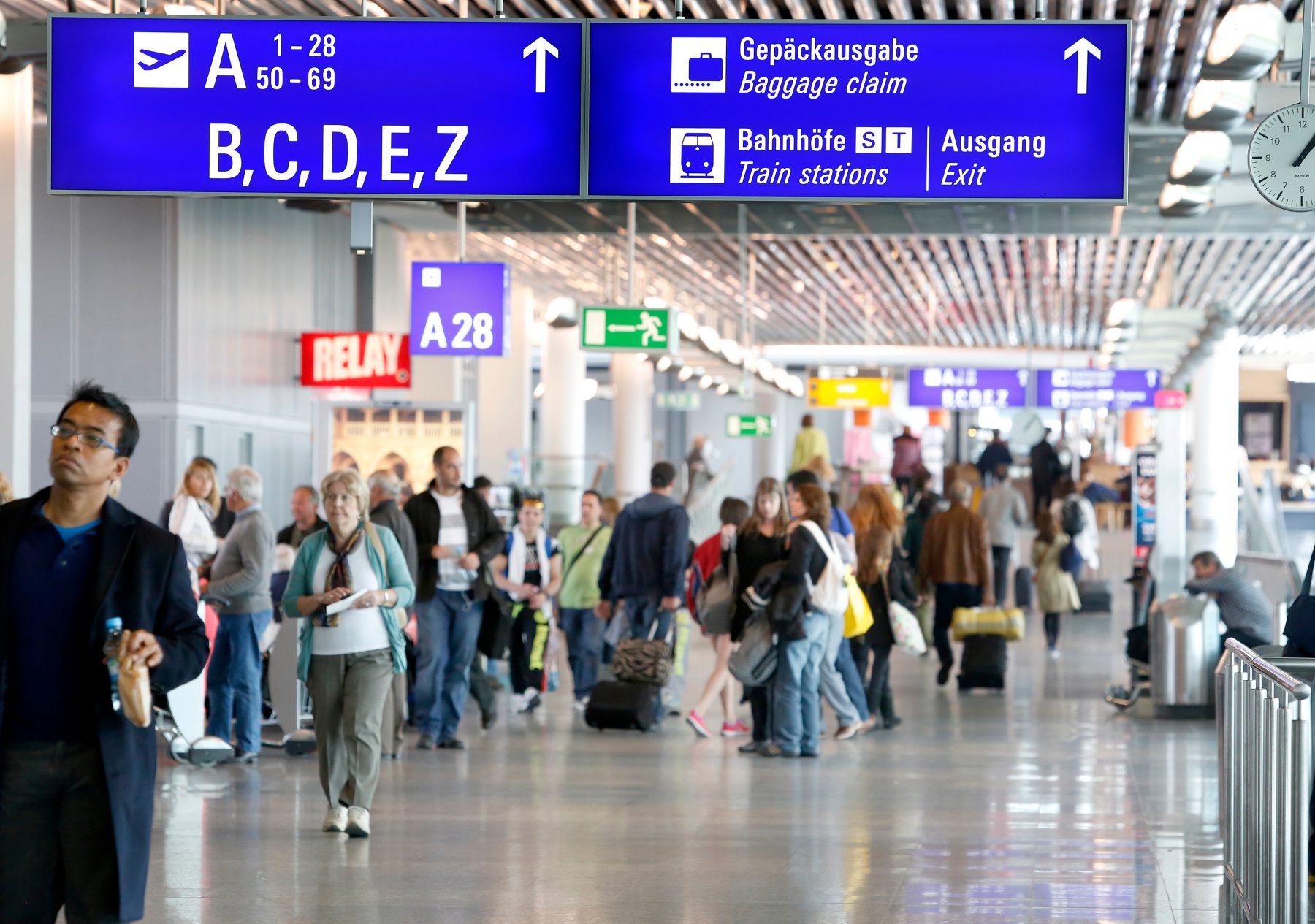
FrankfurtAirport
With more and more airlines reducing and even stopping flights to China, the airline industry braces itself for the effects the coronavirus will have on air travel. Is this a short blip that will be overcome in weeks or will China remain a no-go area for some time?
If the latter is the case, IATA’s 2020 profit forecast of $29.3 billion for the world’s airline industry can go out of the window anytime soon. In this December report, IATA forecasted Revenue per Kilometer (RPK)-growth for the Asia-Pacific region of 4.8 percent this year, almost on par with 2019.
With the coronavirus crisis sitting right in the middle of this region in China, expect a significant drop – at least for Q1 2020.
As the Wall Street Journal reports, international and domestic air travel in China has seen 8.82 percent or 6.682 flights canceled since January 23 in the week when the country celebrated Chinese New Year. This seems modest at first sight, but as the virus continues to spread and make more casualties around China no one knows how deep the impact will be.
Not only Chinese airlines are impacted. British Airways and Lufthansa, SWISS, and Austrian were the first to announce this week they would suspend flights to any destinations in China. Many other airlines have followed suit with either complete bans or a reduction in services until at least February 9. Others, like Qantas and Air New Zealand, will stop flights from February 9. American Airlines has announced an extended period of suspended all flights until March 27. United and Delta said they will operate outbound flights to China until February 3 and 5 respectively. Emirates and Etihad planned to continue flying to China with reduced capacity, but the UAE authorities ruled that from February 5 all flights except those to Beijing need to be suspended until further notice.
Cathay Pacific said on February 4 that it will slash 90 percent of its flights into China, which impacts total traffic of Cathay and Cathay Dragon by 30 percent. The airline asked staff to take up three months of unpaid leave to relieve the financial impact that the situation has
At least twenty countries have introduced entry screening at airports for flights arriving from China, but the International Civil Aviation Organization (ICAO) warns that screening in itself is not sufficient: “Evidence has shown that entry screening may miss infected cases and states are reminded not to rely on exit or entry screening as a stand-alone mitigating measure. Screening should be part of a multilayer strategy to prevent the spread of disease”, ICAO writes in a January 24 bulletin on a dedicated website to the coronavirus situation.
The world and the air travel industry have been in this situation before. In March 2003, Asia Pacific witnessed the first signs of the Severe Acute Respiratory Syndrome (SARS). According to IATA data, RPK’s for the region fell by -9.93 percent in March, in April by -44.8 percent, in May by -50.8 percent (worldwide -21), before recovering a bit in June to -35.8 percent and to -14 percent in July. Only in November 2003, RPK recorded positive growth again at 3.9 percent. For the full year, air traffic was impacted -2.4 percent by both SARS and the war in Iraq that year.
Translated into money, SARS wiped out some $10 billion in revenues for the airline industry, of which $6 billion in the Asia Pacific region.
In 2013, the industry saw the effects of the Middle East Respiratory Syndrom (MERS) that was first diagnosed with a person in Saudi Arabia in 2012. The impact on air travel has been much lower than SARS. Despite MERS, the Middle East witnessed 12.1 percent higher RPKs that year compared to 2012, the highest of all regions in the world. In 2015, MERS in South Korea impacted RPKs to the country by 12 percent but only for a couple of months. Since then we have experienced the outbreak of Ebola in Africa, but this hasn’t had a worldwide effect on travel as other viruses.
By trying to isolate the coronavirus as much as possible within China and the suspension of air travel contributing to this isolation, it is hoped that the impact will be strong but limited. SARS hit airlines for some seven months back in 2003. Now, we are in the second week in which the coronavirus has got a real worldwide impact on air travel. It’s too soon for conclusions, but with flights suspended by some until late March we could be in for a lengthy crisis. Events should be watched carefully and lessons learned from the past.
Views: 0




